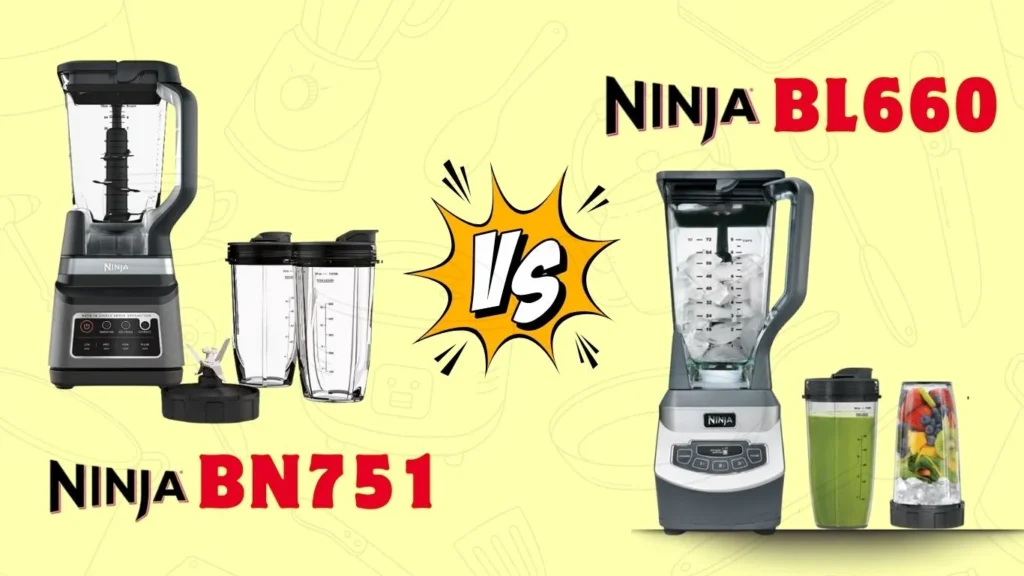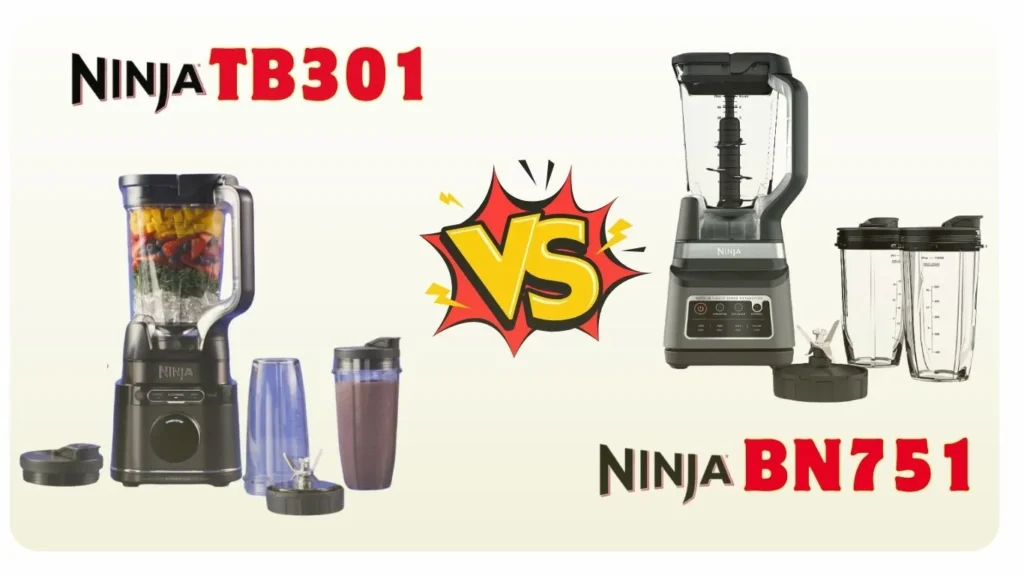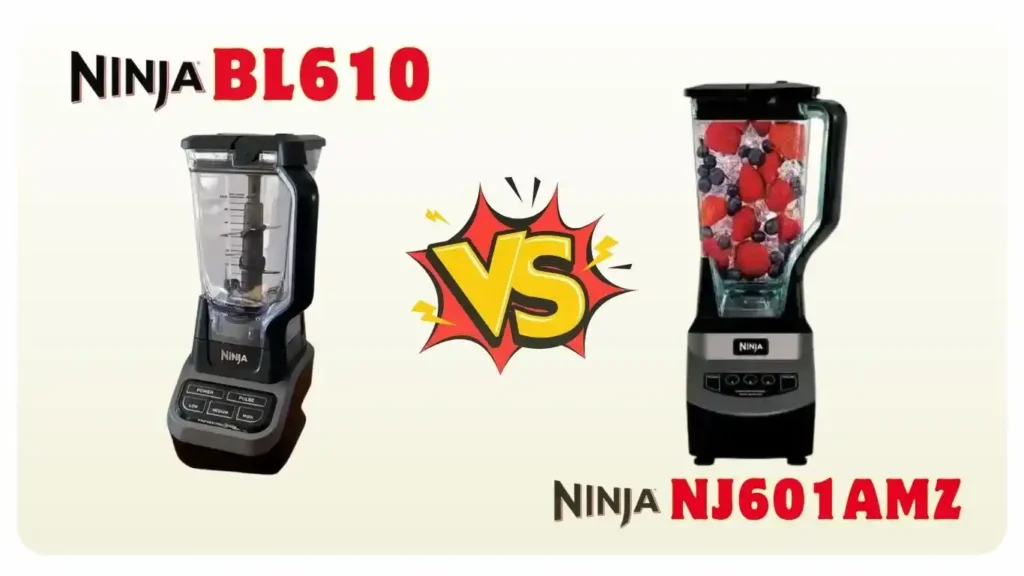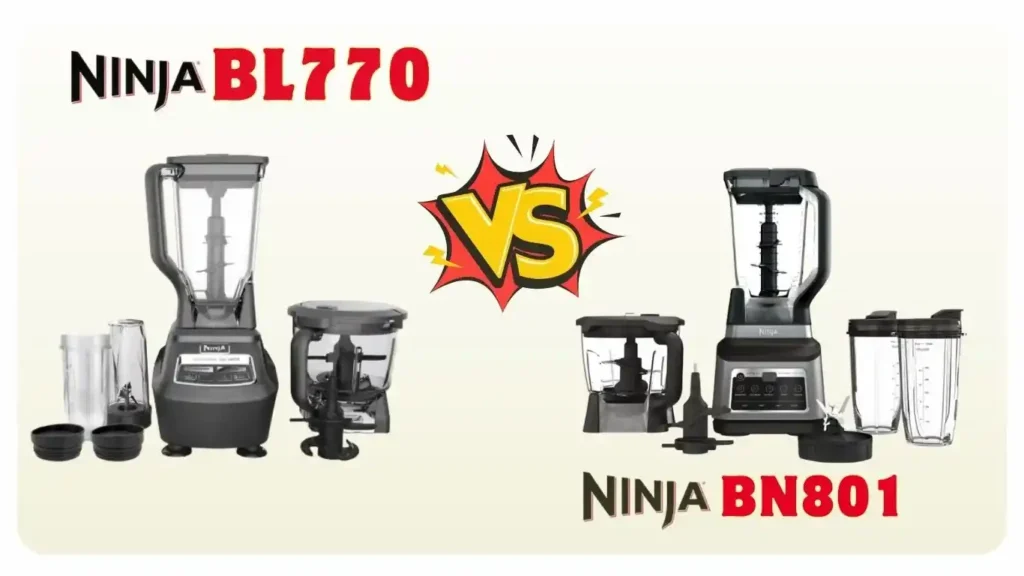You’ve just bought an immersion blender, but now what? You might wonder how to get the most out of this handy kitchen tool.
Using an immersion blender can save you time, reduce mess, and make cooking easier. Whether you want to whip up a quick smoothie, blend soup right in the pot, or create creamy sauces, mastering this tool will change the way you cook.
Keep reading, and you’ll discover simple tips and tricks that make using your immersion blender safe, efficient, and even fun. Ready to become a blending pro? Let’s dive in.
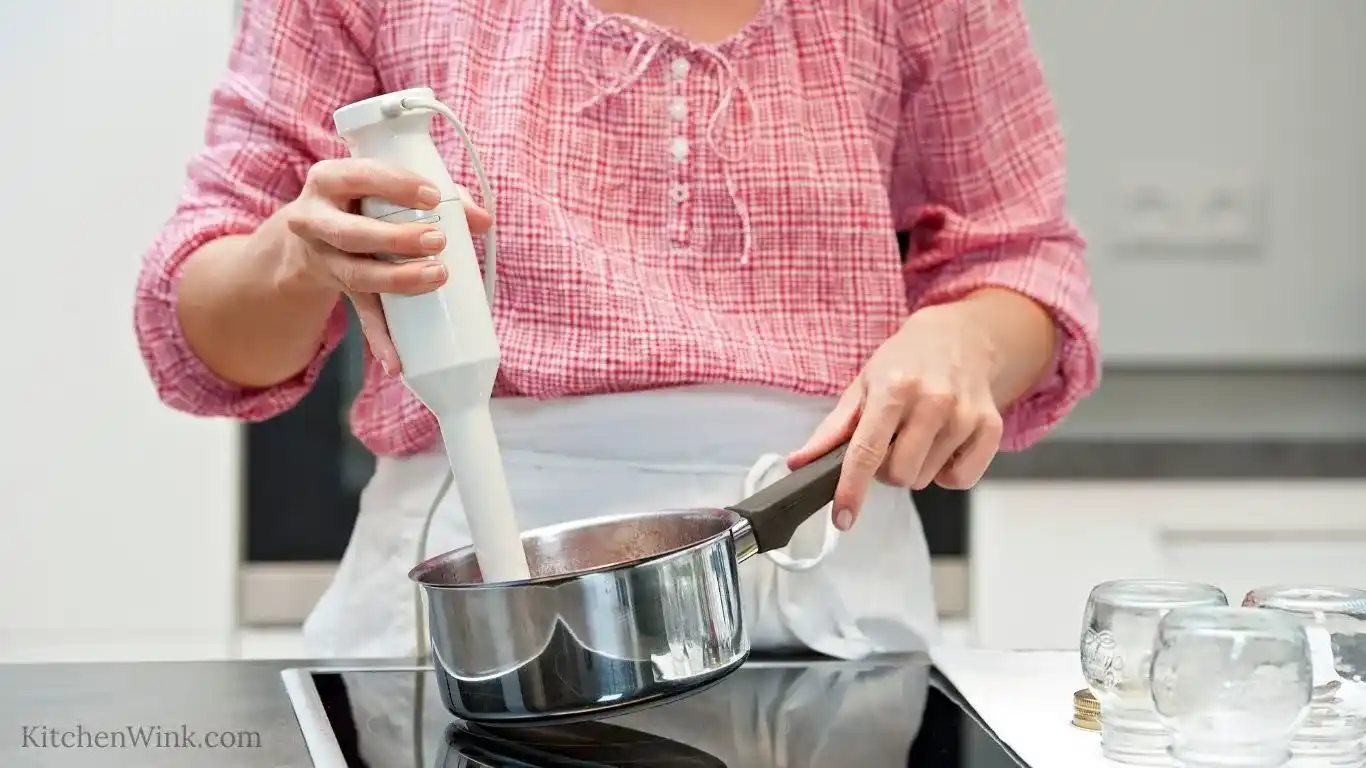
How to Choose the Best Immersion Blender for Your Kitchen
Choosing the right immersion blender is important for easy and fast cooking. The right blender makes blending tasks simple. It also saves time and effort. Many options exist, so knowing what fits your needs helps.
Types Of Immersion Blenders
There are basic and advanced immersion blenders. Basic models have simple designs and fewer features. Advanced ones offer more power and extra tools. Some blenders come with cordless options for easy use. Choose a type that suits your kitchen and cooking style.
Power And Speed Settings
Power affects how well the blender handles tough foods. Higher power means faster and smoother blending. Speed settings let you control blending strength. Multiple speeds help with different textures. Look for blenders with easy speed controls for better results.
Must-Have Attachments for Immersion Blenders
Attachments add value to your immersion blender. Common ones include whisk, chopper, and beaker. Whisks are good for eggs and cream. Choppers help cut vegetables and nuts quickly. A beaker is useful for blending small amounts. Choose attachments that match your cooking needs.

Credit: www.tasteofhome.com
How to Prepare Ingredients for Blending: Expert Prep Tips
Preparing ingredients for blending is an important step for smooth results. Proper preparation helps your immersion blender work better and faster. It also prevents damage to the blender and keeps your food texture just right.
Pro Tips for Chopping and Cutting Ingredients Before Blending
Cut ingredients into small pieces before blending. Pieces about 1 to 2 inches work best. Large chunks can strain the blender motor. Soft foods like cooked vegetables can be cut into bigger pieces.
Hard foods like carrots or nuts need smaller cuts. This helps the blades blend evenly. Avoid overfilling the container with big chunks. Small, even pieces blend smoothly and quickly.
Best Containers for Immersion Blending
Choose a tall, narrow container for blending. It keeps ingredients close to the blades. Wide containers may cause splashing or uneven blending. Use containers made of plastic or glass.
Make sure the container fits your immersion blender size. Avoid using shallow bowls. Deep containers reduce mess and improve blending control. Secure the container on a flat surface before blending.
Common Immersion Blender Mistakes and How to Avoid Them
Do not blend hot liquids in open containers. Hot liquids can splash and cause burns. Let hot food cool slightly before blending. Do not press the blender too hard.
Pressing too hard can damage the blades. Move the blender gently up and down for even blending. Avoid running the blender continuously for more than 30 seconds. This prevents overheating and extends the blender’s life.
How to Use an Immersion Blender Perfectly
Using an immersion blender is simple with the right techniques. Smooth blends depend on how you hold and move the blender. Control and angle matter. Speed affects texture. These basics ensure perfect results every time.
Proper Hand Positioning
Hold the blender firmly with one hand. Keep your wrist steady to avoid splashes. Use your other hand to hold the container steady. This helps keep the blender stable and safe. Keep fingers away from the blades at all times.
Blending At Different Angles
Start blending with the blender straight up. Slowly tilt it to different angles. This helps mix ingredients more evenly. Move the blender in small circles. Avoid lifting it too high to prevent splatters.
Controlling Speed For Texture
Use low speed for thick or chunky mixtures. Increase speed for smooth, creamy blends. Change speed slowly to avoid messes. Stop and check texture often. Adjust speed until you get the desired smoothness.
Credit: www.industrykitchens.com.au
How to Blend Different Foods with an Immersion Blender
An immersion blender is a handy tool for blending many types of foods. It saves time and effort in the kitchen. You can use it for hot and cold dishes. This section explains how to blend soups, sauces, smoothies, shakes, purees, and baby food.
Soups And Sauces
Immersion blenders work great for soups and sauces. You can blend them directly in the pot. No need to transfer hot liquids. The blender makes the texture smooth and even. It helps mix ingredients well. Thick sauces become creamy and rich. Use short pulses to avoid splashing. Be careful with hot liquids to prevent burns.
Smoothies And Shakes
Make smoothies and shakes quickly with an immersion blender. Add fruits, yogurt, and ice to a tall cup. Blend until smooth and creamy. It crushes ice and breaks down fruit easily. You get a fresh drink in minutes. Clean the blender right after use to avoid sticky residue.
Purees And Baby Food
Preparing purees and baby food is easy with an immersion blender. Cook vegetables or fruits until soft. Blend them in the cooking pot or bowl. This creates smooth, lump-free purees perfect for babies. You control the texture and ingredients. No need to buy expensive baby food jars.
How to Clean and Maintain Your Immersion Blender for Long Life
Cleaning and maintaining your immersion blender is key for its long life. Proper care keeps it working well and safe to use. Regular cleaning stops food build-up and bad smells. Good maintenance prevents damage and saves money on repairs.
Quick Cleaning Tips to Prevent Food Buildup
Unplug the blender before cleaning. Remove the blending arm from the motor. Rinse the blending arm under warm water right after use. Use a soft sponge with mild soap to clean blades carefully. Avoid soaking the motor part in water. Dry all parts completely before reassembling.
Deep Cleaning Methods
For tough stains, soak the blending arm in warm soapy water for 10 minutes. Use a small brush to scrub hard-to-reach areas around the blades. Wipe the motor unit with a damp cloth only. Check the blade for any damage or dullness regularly. Replace parts if you notice wear or rust.
Storing Your Blender Safely
Store the blender in a dry place to avoid moisture damage. Keep the blending arm detached to prevent blade damage. Wrap the cord loosely to avoid bending or breaking. Store the blender where it won’t fall or get knocked over. Clean and dry before storing to keep it fresh and ready.
Credit: www.industrykitchens.com.au
Immersion Blender Troubleshooting: Fix Common Problems Easily
Troubleshooting common issues with your immersion blender can save time and frustration. Simple fixes often bring your tool back to life. Understanding the most frequent problems helps you keep blending smoothly. Here are some common troubles and how to address them.
Overheating Problems
Immersion blenders can overheat from long use without breaks. Overheating causes the motor to stop working temporarily. Let the blender cool down for 10 to 15 minutes before using it again. Avoid running the blender at high speed for too long. Using shorter bursts helps prevent overheating.
Blade Dullness
Dull blades reduce the blender’s efficiency and slow down blending. Blades can become dull from frequent use or blending hard ingredients. Replace the blade attachment if it no longer cuts well. Some models allow blade sharpening, but replacement is safer. Keeping blades sharp ensures smooth, fast blending.
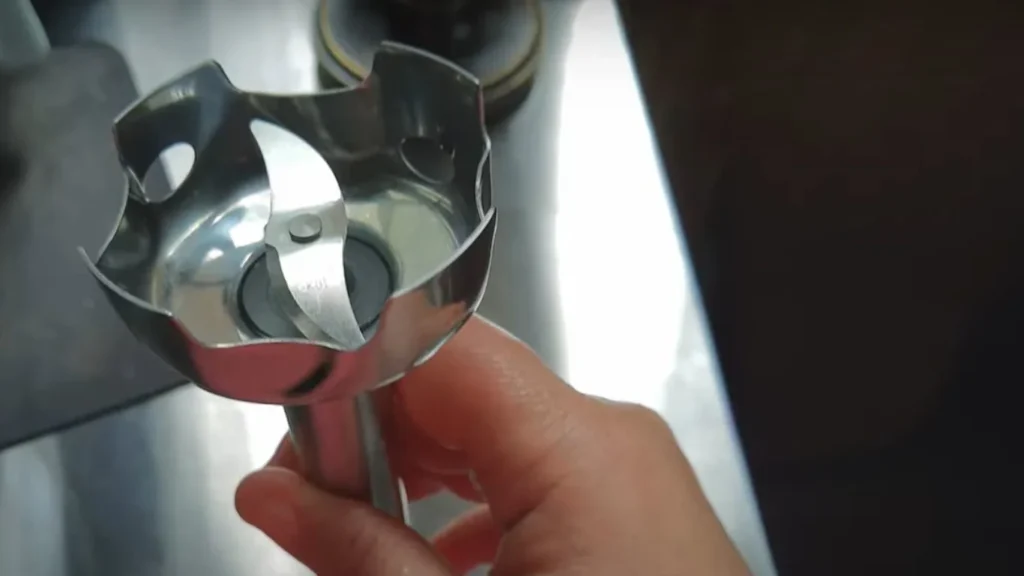
Motor Malfunctions
Motor issues often cause the blender to stop working or run weakly. Check if the blender is properly plugged in and the power switch is on. A burnt smell or strange noise signals motor damage. In such cases, avoid using the blender and contact customer support. Regular cleaning and avoiding overloads extend motor life.
FAQs About Using an Immersion Blender
What Is An Immersion Blender Used For?
An immersion blender blends soups, sauces, and smoothies directly in the pot or bowl.
How Do You Safely Use An Immersion Blender?
Keep the blade underwater while blending to avoid splashes and turn off before removing it.
Can An Immersion Blender Crush Ice?
Some models can crush ice, but check your blender’s instructions first to be sure.
How Do You Clean An Immersion Blender Properly?
Detach the blending arm and wash it with warm, soapy water immediately after use.
What Foods Should You Not Blend With An Immersion Blender?
Avoid blending hard foods like raw vegetables or frozen chunks that can damage the blade.
How Powerful Should An Immersion Blender Be?
A blender with 200 to 300 watts works well for most home blending tasks.
Final Thoughts: Why Every Kitchen Needs an Immersion Blender
Using an immersion blender makes cooking faster and easier. It blends soups, sauces, and smoothies right in the pot. Cleaning it takes just a minute. Small and handy, it fits any kitchen. Practice a little to get smooth results every time.
Enjoy creating tasty dishes with less mess. This tool helps save time and effort daily. Keep it close for quick blending tasks. Cooking becomes more fun and less stressful. Try it today and see the difference yourself.

Hi, I’m Joshua Miller, a U.S.-based food lover, review writer, and Co-founder of KitchenWink.com. I hold a Bachelor of Science in Food Science and Culinary Technology, and for over five years I’ve been testing kitchen gadgets like air fryers, blenders, and other cooking tools.
I’m also a home cook, so every product I review is tried in real kitchens—not just in theory. My reviews are based on real results, simple fixes, and tips that anyone can use. With both formal training and hands-on testing, I make sure my advice is clear, honest, and practical.
My goal is simple: to help home cooks choose the right tools and make cooking easier every day.

